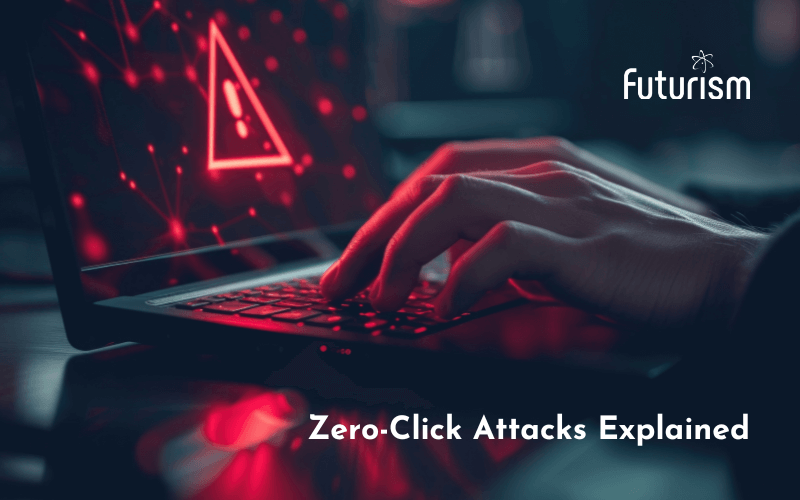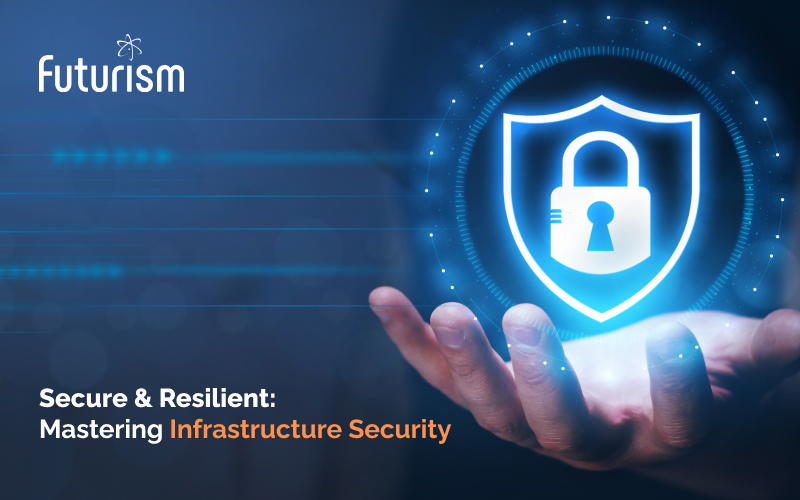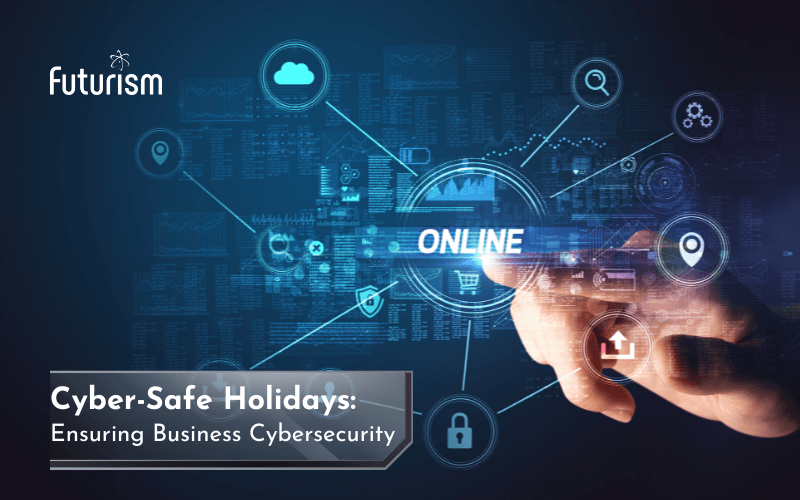Hardening Your Attack Surface: A CEO/CTO Perspective in Banking Sector

Futurism Technologies
July 10, 2023 - 3.2K
5 Min Read
In an era where digital transformation has revolutionized every industry, the banking sector has been at the forefront of embracing innovation. The exponential rise of digital banking, with an estimated global value of USD 12.4 trillion by 2025, according to a report by Business Wire, has been both a boon and a bane. On one hand, it offers an array of opportunities for growth and customer satisfaction. On the other, it offers a feast of opportunities for cybercriminals and hackers to compromise a bank’s integrity, customer trust, and financial stability.
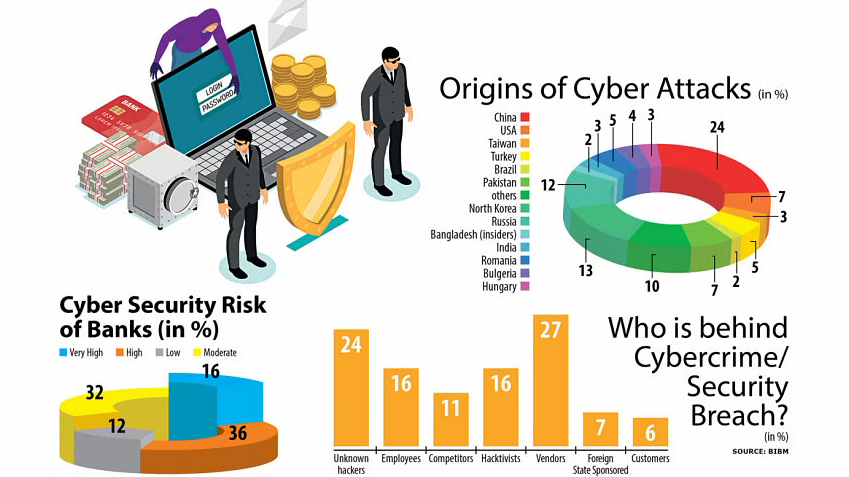
As the CEO/CTO of a bank, the responsibility of securing the bank’s digital assets falls heavily upon you. One of the most crucial tasks is to ‘harden the attack surface’ – minimizing the potential entry points for cybercriminals to gain access to our systems.
Read also: Leading Bank in South Asia Falls Victim to Hackers!
Identifying the Attack Surface
Before you can harden anything, you must first understand what it is you’re protecting. The attack surface of a bank is vast, encompassing every piece of digital infrastructure from databases storing sensitive customer information, to internal email systems, to mobile banking applications.
A recent study by the International Data Corporation (IDC) estimated that banks worldwide would spend approximately $2.7 billion on advanced AI-powered cybersecurity solutions. Nevertheless, according to another report by Accenture, the financial sector is the most targeted by cybercriminals, accounting for 35% of all data breaches. This disparity underscores the urgency to adopt a holistic, proactive approach to hardening our attack surface.
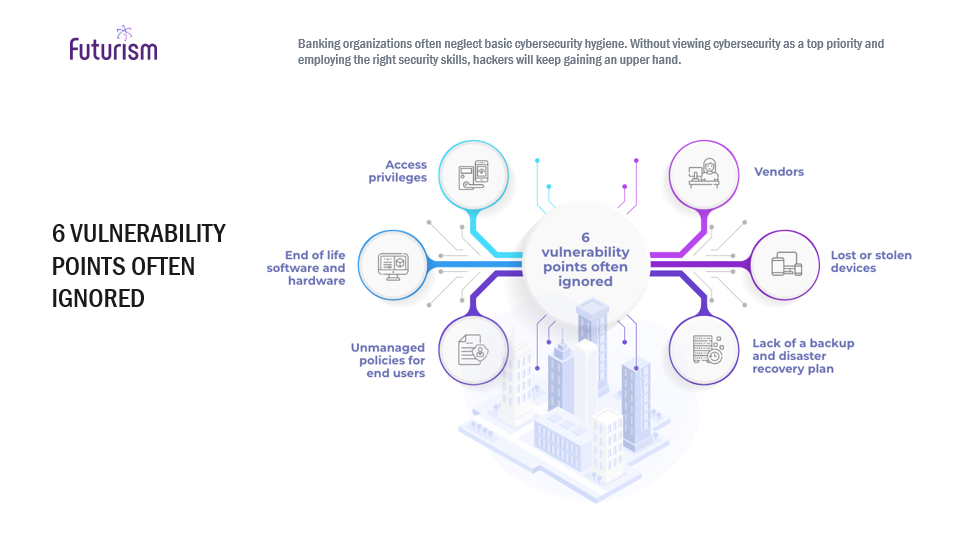
Hardening the Attack Surface
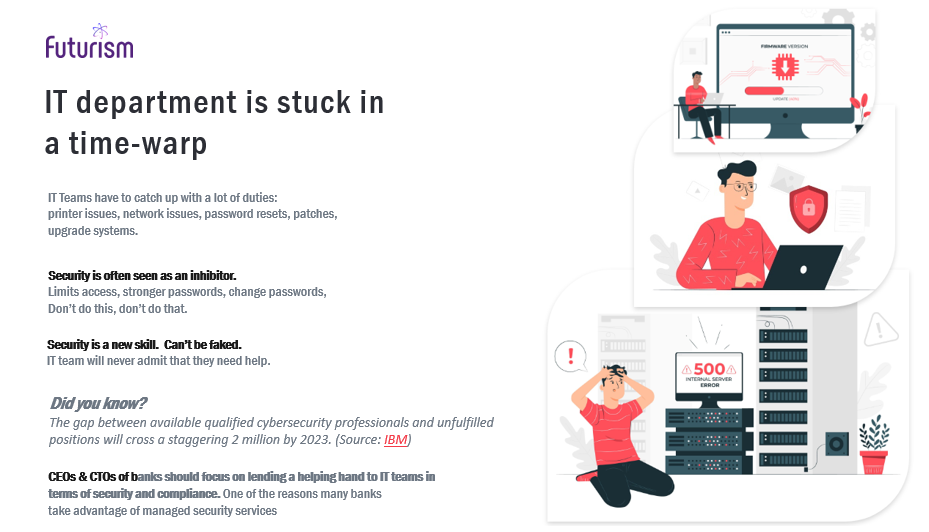
To harden your attack surface, a multi-faceted strategy must be adopted. Futurism recommends the following key steps:
Implement robust access controls: The Principle of Least Privilege (PoLP) should be adopted to ensure that employees and systems have only the access they need to fulfill their roles. This approach minimizes the risk of internal threats and limits potential damage if credentials are compromised. It is advisable to deploy an intelligent and smart Identity and Access Management Solution (IAM) with an agile multi-factor authentication and access polices powered by AI.
Adopt a Zero Trust security architecture: This model, coined by Forrester Research, operates on the premise of “never trust, always verify”. It assumes that every request, whether originating from inside or outside the network, is a potential threat and must be authenticated and verified. For instance, Microsoft successful adoption of Zero Trust Security is an excellent use-case, with the approach resulting in a 300% improvement in breach detection and response times.
Read also: Why do you need Zero Trust for your organization?
Deploy advanced AI-based threat detection tools: AI and machine learning can detect anomalies in network traffic, identify suspicious behavior, and predict possible attack vectors. Advanced threat protection or SIEM can offer a significant advantage. The deployment of Darktrace’s AI system by the Italian bank, Banca Popolare di Sondrio, exemplifies the power of this technology. They successfully thwarted sophisticated cyber threats, saving potential losses in millions of Euros.
Regular software updates and patch management: This practice seems simple but is often overlooked. According to the Ponemon Institute, 60% of breaches could be traced back to an unpatched vulnerability where a patch was available but not applied. Keeping all systems, ports, networks and devices up-to-date with best-in-class vulnerability assessment and penetration testing (VAPT) can help prevent attacks via known vulnerabilities.
Establish strong cybersecurity awareness training: Humans are often the weakest link in the cybersecurity chain. A report by Verizon found that 94% of malware was delivered via email. Therefore, regular cybersecurity awareness training for employees to recognize and respond to threats like phishing attempts is of paramount importance to thwart the next big cyberattack on your bank.
Invest in a robust incident response plan: Even with the most stringent measures, breaches can occur. When they do, swift and effective detection and incident response action plan can limit damage and downtime. Notable is Capital One’s incident response during their 2019 data breach, which allowed them to promptly identify and rectify the issue, while effectively communicating the breach to stakeholders and customers.
Seek expert help: Cybercriminals are becoming more nimble, sophisticated and creative in an age when banks struggle to keep up with intelligent security. Thus, the million-dollar question – how can you as a CEO or CTO of your bank prevent the onset of these attacks? One of the smartest ways to do this is to seek help from a trusted and credible managed cybersecurity services provider that helps to deploy the right layers of cyber defenses for your banks and will leverage industry-leading threat intelligence tools and technology to track and stop such breaches in real-time.
Takeaway
As we sail into the uncharted waters of digital transformation, hardening the attack surface is no longer optional—it’s a strategic imperative. The banking sector’s role in safeguarding the financial assets of individuals and businesses extends beyond the physical realm into the digital domain.
With our relentless pursuit of innovation, customer satisfaction, and growth, we at Futurism stride with an unwavering commitment to harden the attack surfaces for banks and uphold the trust of their customers, partners and vendors. It is not just about protecting against financial loss, but preserving the integrity and reputation of banking institutions in a rapidly evolving digital landscape.
Is your bank equipped to deal with a cyber breach? How strong is your bank’s security posture? Are you looking to strengthen your bank’s security architecture?
Schedule a consultation with our cybersecurity expert now!
Subscribe Now!
TRENDING POSTS
-
Futurism Returns to Hannover Messe 2024: Leading the Charge in Industrial and Digital Transformation
-
The Role of Smart Maritime IoT Solutions in Enhancing Maritime Safety
-
Data Integration Unlocked: From Silos to Strategy for Competitive Success
-
Navigating the Shadows: Understanding Zero-Click Attacks in the Digital Age
-
AI Reimagined: Crafting Next-Gen AI Apps with Expert Fine-Tuning
-
Explore Next-Gen Digital Solutions with Futurism at MWC 2024
-
Futurism Unleashes the Technology of Tomorrow at MWC Barcelona 2024
-
Futurism AI: Turning Ideas into Apps at Lightning-Fast Speed
-
Accelerate AI Across Your Enterprise With Futurism AI
-
Futurism to Address the Biggest Security Challenges at RSS 2022
-
Futurism at SelectUSA 2022: Steering the Next Wave of Businesses
-
Futurism to Uplift the MSP Business Community at the MSP Expo 2022
-
Futurism Sets Out to Address the Biggest Security Challenges at the RSA Conference 2022
-
5 Ways to Prepare Your Business for Digital Transformation
-
4 Ways To Win at Digital Transformation on a Shoestring Budget
-
Futurism: Empowering MSPs at the Channel Partners Conference & Expo 2022
-
Why AI in Digital Marketing is the Next Big Thing?
-
Futurism brings ‘Mobile First Digital Transformation’ to the fore at MWC Barcelona 2022
-
Cybersecurity for Rural Hospitals: How can Rural Hospitals become Cyber Smart?
-
Futurism Empowers Rural Health Care Community at the AHA Rural Health Care Leadership Conference
-
The Biggest Problem With Cybersecurity In Healthcare Sector, And How IBM QRadar Can Fix It?
-
How IBM MaaS360 is Revolutionizing Endpoint Security in the Healthcare Industry?
-
Futurism to Present its MSP Partner Program at the Channel Partners Conference & Expo 2021
-
EndPoint Security in Healthcare Matters and IBM MaaS360 Can Help
-
How AI Will Enable Faster Adaptation of Digital Transformation
-
How Is Digital Modernization Important In Supplier On-Boarding?
-
Top 10 Email Marketing Tips for This Holiday Season
-
Benefits of using ERP Software for Energy and Gas Industries
